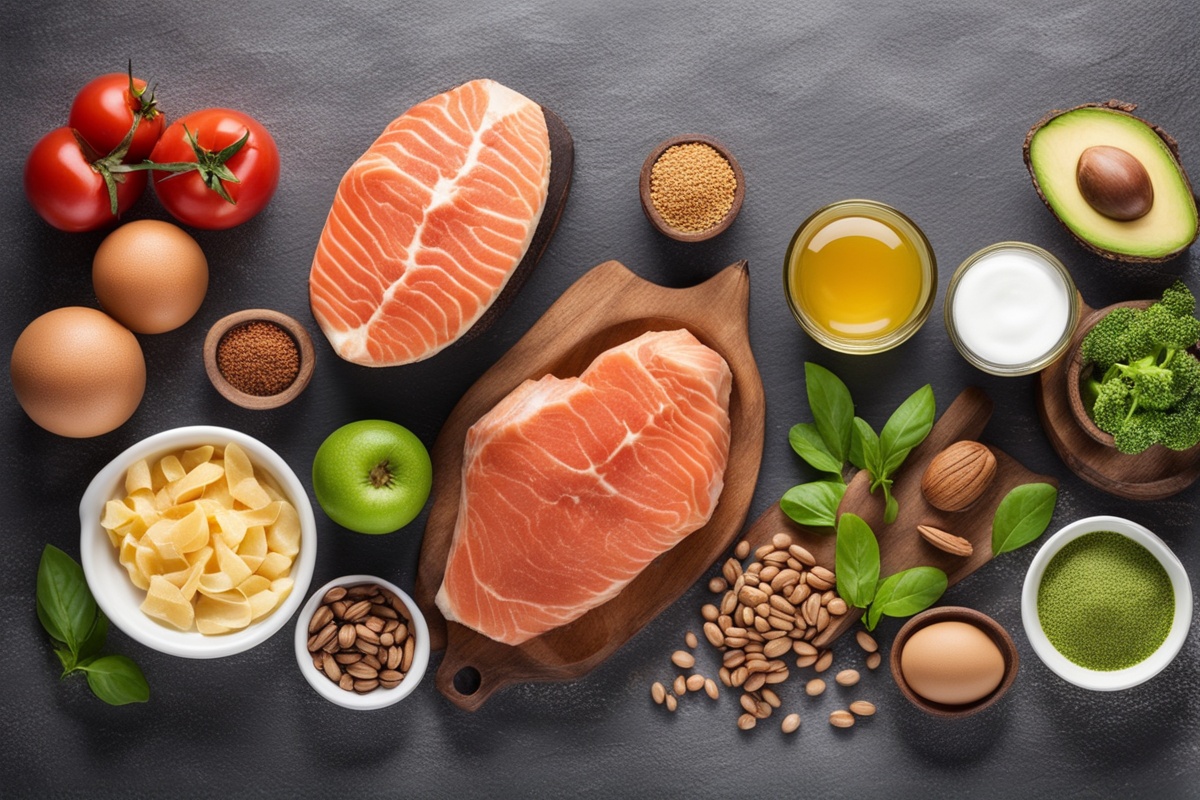If you’re diving into the world of keto and fasting, you’ve likely wondered how to structure your eating windows and meal times for the best results. Optimal meal timing strategies can make a significant difference in achieving ketosis, maintaining energy levels, and supporting overall health. In this comprehensive guide, we’ll explore how to time your meals effectively while following a ketogenic diet and incorporating fasting protocols. Whether you’re a beginner or a seasoned keto enthusiast, these strategies will help you maximize fat-burning, improve metabolic flexibility, and sustain your wellness goals.
Why Meal Timing Matters on Keto and Fasting
Meal timing isn’t just about when you eat—it’s about aligning your eating patterns with your body’s natural rhythms and metabolic processes. On a ketogenic diet, where the goal is to enter and maintain ketosis (a state where your body burns fat for fuel), the timing of your meals can influence how quickly you achieve this state. Similarly, fasting—whether intermittent or extended—relies heavily on strategic meal timing to enhance fat loss, improve insulin sensitivity, and promote autophagy (cellular repair). By adopting optimal meal timing strategies, you can amplify the benefits of both keto and fasting, ensuring your body operates at peak efficiency.
For instance, spacing out meals or restricting eating windows can help stabilize blood sugar levels, a key factor in preventing energy crashes and cravings on keto. Let’s dive into specific approaches to meal timing that can elevate your results.
Understanding Circadian Rhythm and Meal Timing
Your body operates on a natural 24-hour cycle known as the circadian rhythm, which regulates sleep, energy, and metabolism. Aligning your meal timing with this rhythm can optimize digestion, hormone balance, and fat-burning potential. Research suggests that eating earlier in the day, when your metabolism is most active, can improve insulin sensitivity and reduce the likelihood of storing excess calories as fat. For keto and fasting practitioners, this means scheduling meals during daylight hours or within a condensed window to mimic natural eating patterns.
For example, if you’re practicing intermittent fasting (IF) with a 16:8 protocol (16 hours of fasting, 8 hours of eating), aim to break your fast around midday and finish your last meal by early evening. This approach not only supports circadian alignment but also complements the ketogenic goal of minimizing insulin spikes. To learn more about how fasting impacts metabolism, check out our detailed guide on Intermittent Fasting Benefits.
Optimal Meal Timing for Intermittent Fasting on Keto
Intermittent fasting and keto are a powerful duo, and meal timing is the glue that holds them together. The most popular IF schedule, the 16:8 method, involves fasting for 16 hours and eating within an 8-hour window. For optimal results on keto, start your eating window with a high-fat, moderate-protein meal to break your fast gently and avoid spiking insulin. A sample schedule might look like this:
- 12:00 PM: Break your fast with a keto-friendly meal like avocado and eggs with bacon.
- 3:00 PM: Have a small snack, such as a handful of macadamia nuts or a keto protein shake.
- 7:00 PM: Finish with a larger meal, like grilled salmon with buttery broccoli.
This timing ensures you’re fueling your body during active hours while allowing a prolonged fasting period overnight to deepen ketosis. If you’re new to IF, explore our post on Beginner’s Guide to Intermittent Fasting for practical tips.
Meal Timing for Extended Fasting and Keto
For those incorporating extended fasts (24–72 hours) into their keto lifestyle, meal timing before and after the fast is crucial. Before starting an extended fast, consume a nutrient-dense, high-fat meal to ensure your body has adequate fuel reserves. Think along the lines of a ribeye steak with a side of creamed spinach—rich in fats and low in carbs to keep you satiated.
After the fast, break it with a small, easily digestible keto meal, such as bone broth or a light salad with olive oil. Avoid heavy or carb-heavy foods, as they can cause digestive discomfort and disrupt ketosis. Timing-wise, plan to break your fast during a period when you can rest and recover, as your body readjusts to food intake. For more on extended fasting, read our in-depth article on Extended Fasting on Keto.
Adjusting Meal Timing for Exercise and Energy
If you’re active while following keto and fasting, meal timing can directly impact your performance and recovery. To optimize energy, consider eating a small keto meal or snack 1–2 hours before a workout. This could be a scoop of MCT oil in your coffee or a few slices of cheese. Post-workout, focus on a protein-rich keto meal within an hour to support muscle repair without knocking you out of ketosis—think grilled chicken with avocado.
For those fasting, schedule workouts toward the end of your fasting window to maximize fat-burning, then break your fast with a recovery meal. This strategy leverages the body’s reliance on stored fat for fuel during exercise. Balancing exercise with fasting can be tricky, so check out our guide on Keto Exercise Tips for more insights.
Common Mistakes in Meal Timing and How to Avoid Them
While optimal meal timing strategies can supercharge your keto and fasting journey, common pitfalls can derail progress. One frequent mistake is eating too late at night, which can disrupt sleep and circadian rhythm, leading to poor recovery and increased hunger hormones. Aim to finish your last meal at least 2–3 hours before bedtime.
Another error is overeating during eating windows, especially after a fast. This can overwhelm your digestive system and cause blood sugar spikes, even on keto. Stick to moderate portions and prioritize fats over carbs. Lastly, failing to hydrate during fasting windows can sap energy and mimic hunger—keep water and electrolytes handy. For a deeper dive into avoiding keto pitfalls, see our article on Common Keto Mistakes.
Disclaimer: The information provided in this article is for educational purposes only and should not be considered medical advice. Always consult with a healthcare professional or registered dietitian before starting any new diet, fasting protocol, or exercise regimen, especially if you have underlying health conditions or are taking medications. Individual results may vary, and the strategies discussed may not be suitable for everyone.
References
- Circadian Rhythms and Meal Timing: Impact on Energy Balance and Body Weight – NCBI
- Intermittent Fasting: Surprising Update – Harvard Health
- Intermittent Fasting: What is it, and how does it work? – Mayo Clinic
- Ketogenic Diet and Metabolic Benefits – Journal of Clinical Investigation
- Effects of Meal Timing on Metabolism and Weight Loss – Nature
This content is for informational purposes only and not a substitute for professional advice.






